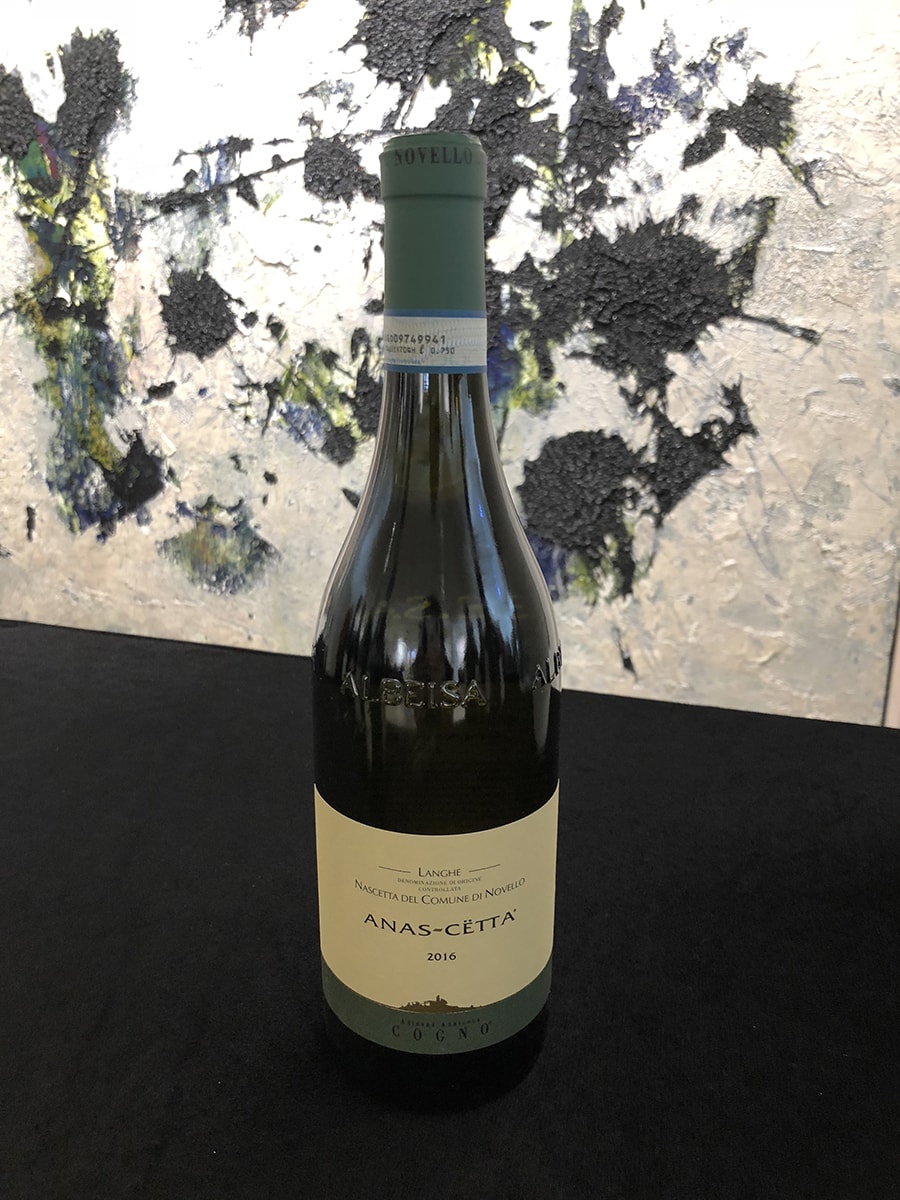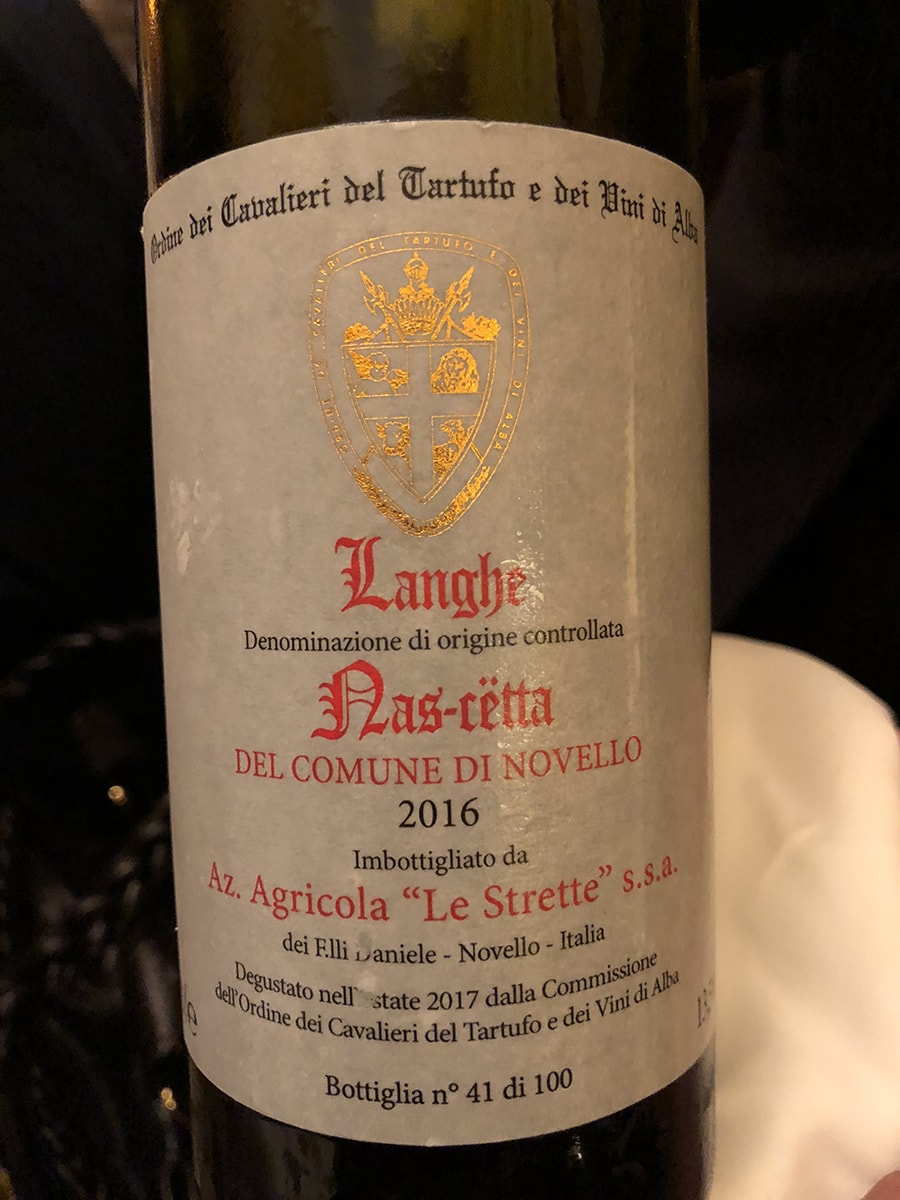NASCETTA: The comeback kid
When it comes to wine, Nebbiolo is almost synonymous for Piemonte - just like many of us sometimes would use “Pinot Noir” and “Burgundy” interchangeably. Next come Barbera and Dolcetto, the other two red grape varieties commonly planted in the region. Most people associate Piemonte with its reds; to appreciate the quality (or even existence) of white wines in the region might require more than the knowledge of an average drinker. Cortese from Gavi DOCG would most likely be the first to pop up, followed by Arneis from Roero DOCG, and Moscato Bianco from Asti DOCG. While some can yield really attractive wines, none of these white grapes were exclusively from Piemonte, so it is not easy for wine lovers to instantly draw a connection.
In recent years, with a resurgence of popularity in indigenous grapes, one little-known white grape variety of Piemonte may finally shine. Nascetta (sometimes known as Anascetta or Nas-cëtta) is a “one-town native” of the Langhe, as described by Ian D’Agata in his Native Wine Grapes of Italy. Not only is it solely grown in Italy, and only in Piemonte. But Nascetta, until recently, could only be found in the town of Novello, in the southwest corner of Barolo. Nascetta was defined in 1877 by Giuseppe of the Counts of Rovasendalo as “a very delicate grape and exquisite wine” in his Saga of a Universal Viticulture (Saggio di un’ampelografia universale).
However, due to its delicate nature and irregular yield, Nascetta has lost favor among growers and given ways to other more productive and popular grape varieties. Although its cultivation was not completely abandoned, Nascetta was planted sporadically. For the longest time, there was not one vineyard grown with 100% Nascetta.
Thanks to the Danieli brothers of Le Strette Estate and Elvio Cogno who put their faith in the variety, Nascetta saw a beam of hope 20 years ago. Efforts were made to restore the variety, and extensive research was conducted to study the grape. In 2002, Nascetta became a Langhe DOC wine. In 2010, it was awarded the status of “Langhe Nascetta DOC del Comune dei Novello” for wines made with 100% Nascetta in the township of Novello, within a restricted yield of 90 quintals per hectoliter. At the time, the planting of Nascetta was just above 20 hectares in the world.
What attracted these historical Langhe winemakers to the grape was perhaps Nascetta’s interesting aromatic profile and potential. D’Agata called it “an ideal mix of Sauvignon Blanc and Vermentino, but with a touch of Riesling”.
At its youth, Nascetta presents as a fruity wine with an herbal pungency (like Sauvignon Blanc) and balsamic mintiness (think Vermentino). More complex and aged examples would give notes of honey, ginger, and sage, fairly similar to those of Rieslings. Its salinity also gives an impression of huge acidity.
With all the great Italian wine events in Hong Kong over the past two weeks, I got to try two charming illustrations of Nascetta. The Cogno Anas-cëtta 2016 was herbaceous and grassy at first. At mid-palate, the wine showed its minerality and a round mouth-feel, followed by notes of passion fruit, guava, and hints of bitter orange to finish. Give the wine 2-3 more years and you should get more aging notes of honey and dried apricot. The Le Strette Nascetta 2016, on the other hand, was more refreshing and lighter in body. The mintiness and zesty citrus notes really gave it a kick. The wine was indeed quite saline and an ideal accompaniment to the Sautéed Scallops with Salty Egg Yolks on the menu that night.
Both Cogno and Le Strette proved that Nascetta is quite a versatile grape variety that can have different expressions dependent upon winemaking.
More importantly, they showcase their hometown grape as a truly elegant, Old World beauty. The grape has come a long way to finally earn its well-deserved DOC status. Although it may take some time for Nascetta to match the reputation of its red counterparts in the region, Piemonte should be proud to remind us it has a world class white unique to its land.
Article by: Alice WONG, DipWSET
© 2024 Vinetude - All Right Reserved

